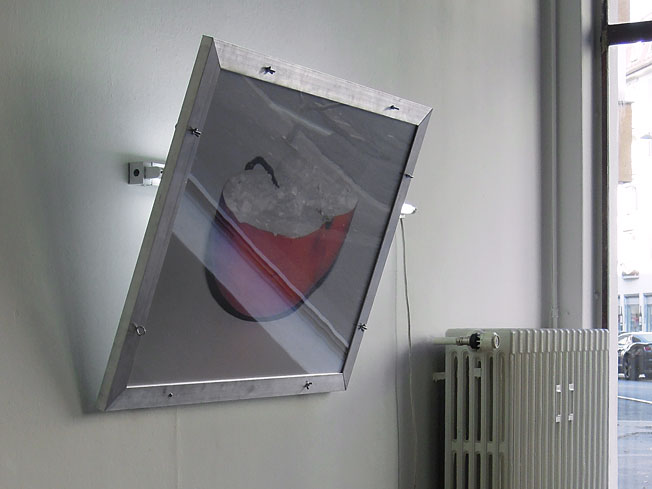

There are also read-write heads are positioned above the ferromagnetic surface to input or extract information. Think of it as a disk or but 100 times larger.

So how does this ancient technology work? A drum memory's outside surface is coated using a ferromagnetic material, which acts as the storage that saves binary information.

However, in those olden times, there was no reason to separate the main working memory or secondary memory, which is why we still could consider a Drum memory to be the first generation of RAM. Technically speaking, a Drum memory does not fully function as a modern-day RAM and is much more suited to be an HDD or hard disk drive.

The first resemblance of a RAM was called Drum memory, invented in 1932 by Gusta Tauschek. Simple enough? With that out of the way, let's proceed. The reason why we keep getting new iterations of RAM is to speed up each of these two operations. In other words, we must be able to store information and give that information back to the computer. For RAMs to work, it needs to be able to read and write information.
RANDOM ACCESS MEMORY IMAGE FULL
So, let's take a look at the full history of the RAM, from its initial invention to the recently released state-of-the-art DDR5.īut before that, you will need some basic understanding of the job of RAMs in the computer. In fact, the RAM has evolved and gone through many different iterations that have upgraded its power and simplified its structure into the minuscule yet complex hardware we know RAM of today. Of course, this was not the case back in the day. There are also two primary types of RAM in existence today, namely the Dynamic (DRAM) and Static (SRAM) RAM, with their own specific uses. This is why most gamers care less about the storage size of ROMs and more often emphasize the RAM when discussing gaming computers. Rather, it acts as the temporary space where the CPU can execute its computations and run your programs or games. Therefore, the RAM is not used to store permanent information like the OS program, Input/Output systems, and other necessary utilities. Hence, once the computer is shut down, the contents of the RAM will cease to exist. Unlike its counterpart, the ROM (Read Only Memory), the RAM's memory is actually not permanent or volatile in proper terms. The Random Access Memory, or RAM, of a computer plays a quintessential part in allowing the computer to execute processes and programs. DDR4 SDRAM uses a 288-pin configuration, which also prevents backward compatibility.How did we manage to shrink down computer memory from the size of a room to a tiny, hand-held hardware with infinitely more power?
RANDOM ACCESS MEMORY IMAGE UPGRADE
DDR2 SDRAM is the evolutionary upgrade to DDR SDRAM.


 0 kommentar(er)
0 kommentar(er)
